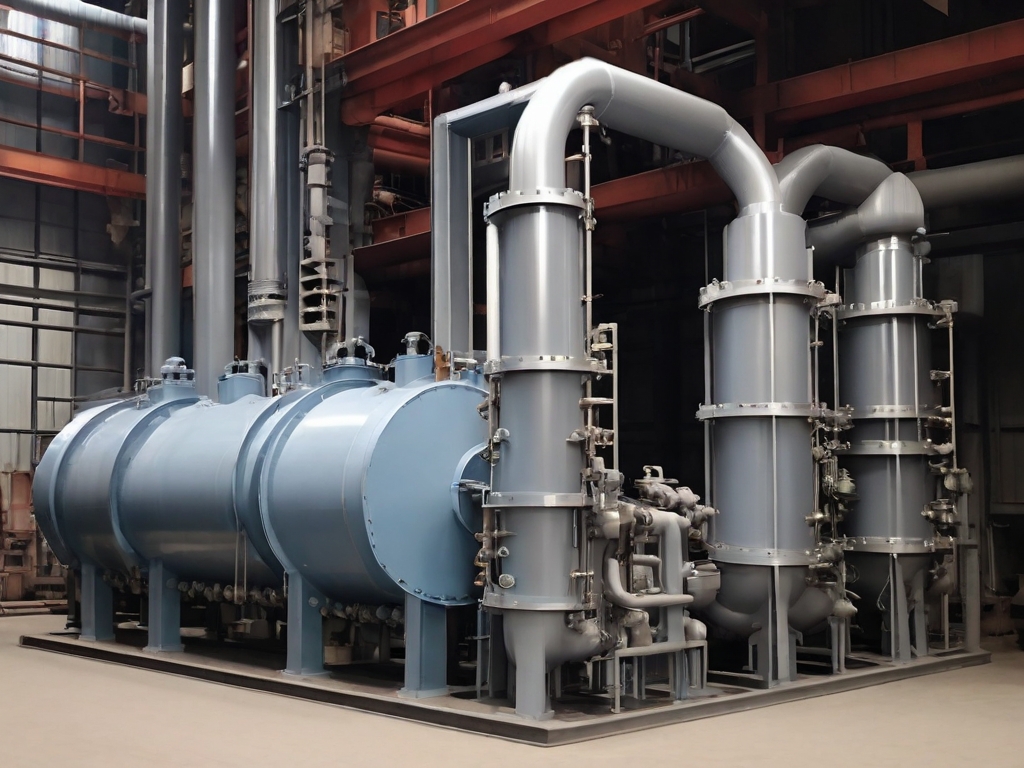When it comes to safety in hazardous environments, nothing is more critical than having a reliable emergency shutdown system. At Intrinsically Safe Store, we understand the importance of these systems and how they can save lives and protect assets. In this article, we will delve into the design and implementation of emergency shutdown systems for Class 1 Divisions. We invite you to explore our website for more information and to contact us with any questions.
Understanding Class 1 Divisions
Before we delve into the specifics of emergency shutdown systems, it’s crucial to understand what Class 1 Divisions are. These are areas where flammable gases or vapors are present in sufficient quantities to produce explosive or ignitable mixtures. Examples include petroleum refineries, gas plants, and spray finishing areas.
What is an Emergency Shutdown System?
An emergency shutdown system (ESD) is a safety instrumented system designed to minimize the consequences of emergency situations. These systems are used to shut down a process or a piece of equipment to prevent the escalation of events that could lead to a hazardous situation.
Designing an Emergency Shutdown System
The design of an ESD is a complex process that requires a thorough understanding of the process and the potential hazards. The following are some key considerations:
- Risk Assessment: This involves identifying potential hazards and assessing the risk associated with each one.
- System Architecture: This includes determining the hardware and software components of the system and how they will interact.
- Functional Safety: This involves ensuring that the system will function correctly in response to its inputs, even in the event of a failure.
Implementing an Emergency Shutdown System
Once the design phase is complete, the next step is implementation. This involves installing the system, testing it, and training personnel on its use. Regular maintenance and periodic testing are also crucial to ensure the system remains effective.
Case Study: A Successful ESD Implementation
One example of a successful ESD implementation is at a large petroleum refinery. The refinery was experiencing frequent shutdowns due to equipment failures, leading to significant financial losses. After a thorough risk assessment, a new ESD was designed and implemented. The new system significantly reduced the number of shutdowns and improved the overall safety of the facility.

Emergency shutdown systems for Class 1 Divisions are critical for maintaining safety in hazardous environments. The design and implementation of these systems require a thorough understanding of the process and potential hazards, as well as a commitment to ongoing maintenance and testing. At Intrinsically Safe Store, we are dedicated to providing solutions that enhance safety and protect assets. Contact us today to learn more about how we can help you with your ESD needs.


